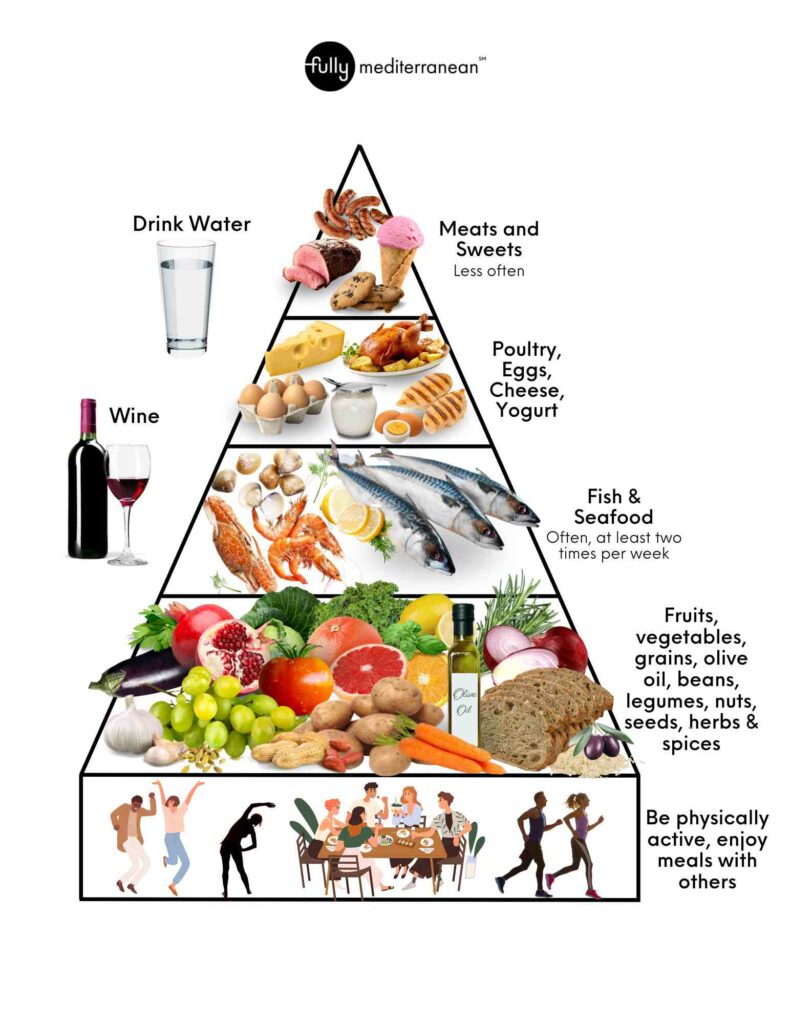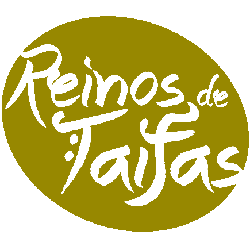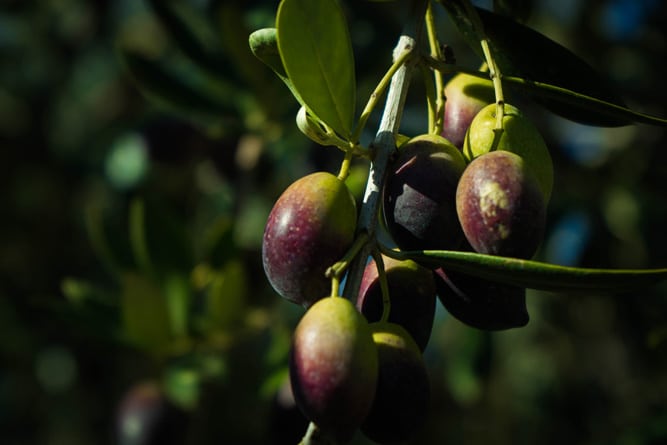What is an EVOO?
EVOO stands for Extra Virgin Olive Oil.
Why is extra virgin olive oil the best?
Extra virgin olive oil is the highest-quality olive oil available. No chemicals are added during the extraction process, therefore, the oil is packed with the healthiest maximum nutrients and natural flavours are retained.
EVOO has become an important quality ingredient worldwide due to its greater accessibility and increased awareness. In addition, the consumption of EVOO has vastly increased as interest in the Mediterranean diet grows.
Table of contents:
History
Production process
Types of EVOO
Health benefits of EVOO
Other EVOO uses
Mediterranean cuisine/diet
Spanish oil production
History
The olive tree was first planted in Ancient Iran and Mesopotamia about 5000 years ago, and its fruits have been used since then. However, it is uncertain who was the first to learn to extract the oil from the fruit.
Olive cultivation was later spread to Egypt and Phoenicia. Ancient Egyptians used the oil for many purposes, such as religious ceremonies, diet, medicine, and even beauty. Phoenicians later introduced olive farming to the Mediterranean region. They used olive oil for trading. Later, during the Roman Empire, the Romans produced olive oil on a bigger scale.
The Arabs later brought different olive varieties to Spain, spread olive cultivation, and improved olive farming techniques. The Spanish language has some Arabic influence as “aceite,” which means oil in Spanish, is derived from the Arab word “azzait”, which means olive juice.
Later, after discovering America, the Spanish introduced olive trees and vines to the area. Olive tree cultivation then spread to places like South Africa and Australia during the 20th century.

Cordoba’s Mosque is an example of Arabic art.
Production process
Harvesting olives is one of the most crucial steps. Producing quality EVOO greatly depends on the ripeness of the olive fruit, and the time from picking to extracting the oil must be done on the same day.
The chart below explains how EVOO is extracted, as well as another type of olive oil.

There are also other factors that influence the taste, aroma, and the overall quality of the EVOO:
• Olive variety/cultivar: There are many olive varieties in the world, each with a unique taste.
• Environment: Soil, climate, and altitude also influence the taste and character of the olives.
• Production technique: Every step, from collecting to storing olive oil, is important to achieving quality EVOO.
Types of EVOO
There are two types of EVOO on the market: single-variety EVOO and blended EVOO (also known as EVOO coupage).
Single-variety EVOO, also known as monovarietal EVOO, is made from 100% the same olive type. As mentioned before, each olive variety has its own unique taste. Spain is known to grow about 262 olive varieties. This means there could be 262 different ‘flavours’ of EVOO on the market to choose from!
Blended EVOO is made from different olive varieties. You can find many different blended EVOO products on the market, as companies make their products unique by doing this.
Something worth mentioning here is that you can also make your own unique EVOO coupage at home. You can customise your blend by purchasing different single-variety EVOO and mixing it to your liking. Start by adding two varieties of EVOO at 50% each and having a taste. Add more of either one to see what happens, or add a third single-variety EVOO!

Health benefits of EVOO
Many studies have been conducted on EVOO over the years, and it has been well-established that EVOO contains healthy fats and high polyphenols, which are beneficial for fighting against chronic diseases. Here are some health advantages found for consuming EVOO:
• Monounsaturated fats and heart health: Regularly incorporating EVOO into your diet reduces the risk of heart disease, such as cholesterol, blood pressure, and stroke.
• Antioxidants and anti-inflammatory: EVOO contains antioxidants and anti-inflammatory effects that reduce the risk of diseases such as cancer and inflammation from arthritis and bowel diseases.
• Brain: Some research has shown that EVOO may have positive effects on brain health, which could be affected by ageing.
Other uses of EVOO
For centuries, EVOO was used not only in the diet but also for other purposes. In ancient times, the Greeks used EVOO to clean and moisturise skin and as massage oils. The Egyptians used it for lighting, religious ceremonies, and beauty. The Romans used it in cosmetics and perfumes.
Today, EVOO is popular in the beauty industry. It is seen in cosmetics such as moisturisers, cleansers as well as hair and skin care products.
Mediterranean cuisine/diet
People who follow a Mediterranean diet are those considered to live in countries with olive trees and around the Mediterranean Sea. In Mediterranean cuisine, one generally eats a high amount of fruits, vegetables, legumes/beans, nuts and seeds but a low amount of processed meat/foods.
One common factor that people in the Mediterranean use daily in their cooking is EVOO, which is a healthy source of monounsaturated fat. Studies have shown that the mortality rate due to heart disease was 2 to 3 times lower in the Mediterranean area than in Northern Europe and the USA. However, times have changed, and not everyone living in the Mediterranean follows this diet. There are still many people in the world who are finding ways to live healthier and have grown interested towards the Mediterranean diet and EVOO.

This is a Mediterranean diet pyramid extracted from Fully Mediterranean. The pyramid shows which types of food are consumed in greater amounts and less in others. As you can see, social and physical activities form the foundation of the pyramid, which is part of the Mediterranean diet.
Spanish Gastronomy with EVOO:
EVOO is so often consumed in the Spanish diet that we should say it is almost inseparable from every Spanish person’s life. It is often used in breakfast, such as toast with EVOO, fresh minced tomato, and salt. For main dishes such as fish with vegetables and beans with meat, EVOO is used as part of the cooking process. You would see snacks such as potato crisps fried in EVOO. It is also not unusual to have a coffee with a muffin made from EVOO.

What is the nutritional data of EVOO?

Polyphenols have been known for their benefits on human health and metabolism. Consuming foods with polyphenols could reduce morbidity or slow down the development of many diseases such as cardiovascular, neurodegenerative and even cancer.
Most of the main sources of polyphenols come from fruits and vegetables, herbs, coffee, tea and wine. EVOO, an important ingredient in the Mediterranean diet, has a very high content of polyphenols. Therefore, many people around the world and even researchers are starting to appreciate the existence of EVOO.
How much EVOO a day:
Is extra virgin olive oil good to take daily?
The answer is yes!
PREDIMED (PREvención con DIeta MEDiterránea) conducts clinical trials in Spain on foods that can prevent primary diseases such as cardiovascular disease. One study was conducted on how much EVOO exactly is beneficial for health. Over the years, thousands of participants took part in this study and followed a Mediterranean diet supplementing with 50ml of EVOO a day, which is 5 tablespoons. Another trial was conducted where participants consumed 40ml of EVOO a day. The results from these studies have proven that the participants had a lower risk of diabetes, had lower blood pressure and showed little signs of depression. Overall, a low risk of cardiovascular disease was shown.
Spanish olive oil production
Spain is a global leader in olive oil production and is known for its high-quality EVOO. The country’s main olive-growing region is Andalusia, with areas like Jaen, Cordoba and Seville. Other regions like Catalonia, Extremadura and Aragon also contribute to Spain’s massive olive oil production.



